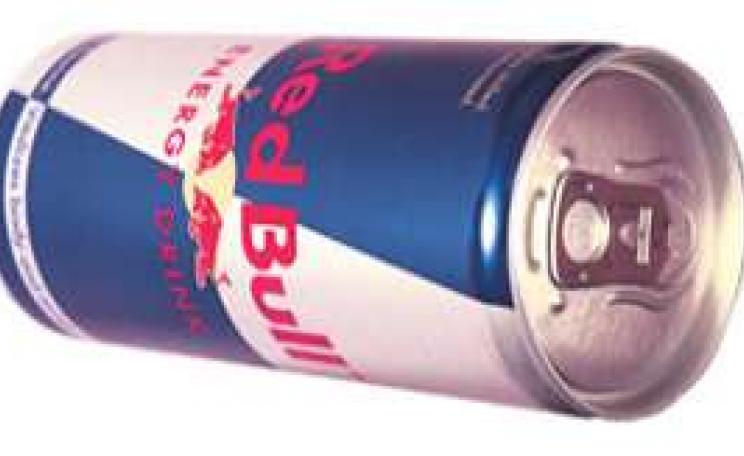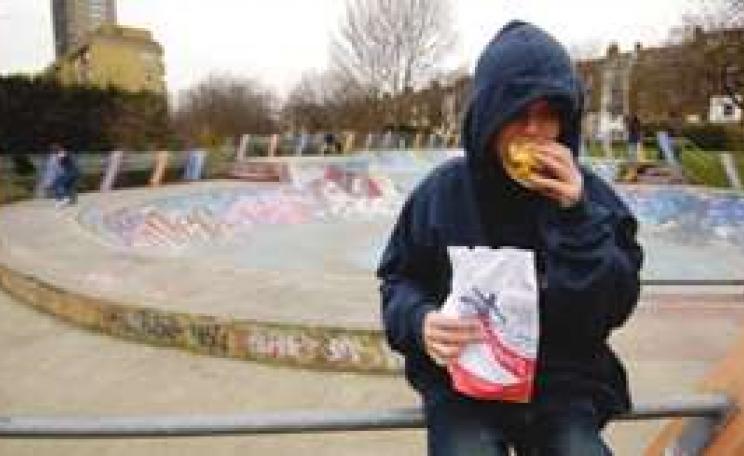To counter this claim with scientific evidence, AIS commissioned a laboratory in Zurich to test whether this allegedly safe soft drink could in fact cause tooth decay. Ribena ToothKind failed the test. We used this evidence to formally complain to the Advertising Standards Authority about the misleading claim.
GSK spun out the process for two and a half years by insisting on four rounds of evidence, two outside expert assessments and two appeals. Six times during this period GSK and the BDA threatened me and one of my colleagues with legal action if we did not immediately stop our campaign and sign apologies they had kindly drafted for us.
But we were confident of our evidence, because the Zurich lab is the leader in its field. It is also the laboratory that GSK itself used in the initial testing of its product.
GSK appealed right up to the High Court, which found the claim misleading and therefore illegal. Despite this, the BDA refused to withdraw its accreditation. But the tooth-decay claim has now been removed from the product's labels and advertising.
There was no court fine for GSK, but the controversy has cost the company. Sales of Ribena ToothKind fell by 15 per cent in the year following the court case – cutting revenue by approximately £3m.
Jack Winkler is director of the London-based independent consultancy for consumer groups Food and Health Research, and chairman of Action and Information on Sugars
Sugar Resources
-------------- Books ----------------
- Sugar Blues
by William Duffy; Warner Books, 1975
Inspired by the crusade of Hollywood legend Gloria Swanson, this is the classic exposé of our generation's greatest medical killer.
- Lick the Sugar Habit
by Nancy Appleton; Avery Publishing Group, 1988
Shows how sugar upsets the body chemistry and devastates the immune system - leading to a host of diseases. Included are self-tests to discover sugarholic tendencies and tests for food allergies, techniques to banish cravings, and plans to ease into a low-sugar life.
- Sweet and Dangerous
by John Yudkin; Bantam Books, 1974
Yudkin was the first person to show that coronary heart disease was more closely linked to sugar consumption than the more commonly blamed saturated fats from animal foods.
- Bittersweet – the Story of Sugar
by Peter Macinnis;; Allen & Unwin 2002
Excellent early history of growth of sugar trade, though scant information on 20th Century.
--------------------- Reports -------------------
- Sweet and sour – the impact of sugar production and consumption on people and the environment
by Karen Frances, Vicki Hird, Tim Lobstein, Louise Stayte and Alexis Vaughan; Sustain 2000
- Sugar, trade and Europe – a discussion paper on the impact of European sugar policies on poor countries
by Alexis Vaughan; Sustain 2000
------------------ Organisations -------------------
- Action and Information on Sugars
address: Dept of Community Dentistry, King's Dental School, Caldecot Road, London SE5 9RW
tel: 020 7346 3462 fax 020 7346 3267
- Food & Health Research
address: 28 St Paul Street, London N1 7AB
tel: 020 7226-1672 fax 020 7688-1636
- The Food Commission
address: 94, White Lion Street, london, N1 9PF
tel: 020 7837 1228 fax 020 7837 1141
- Natural Justice
address: University Laboratory of Physiology, Parks Road, Oxford, OX1 3PT
tel: 01229 580055
www.physiol.ox.ac.uk/natural.justice/main.html
- Sustain: the alliance for better food and farming
address: 94 White Lion Street, London N1 9PF
tel: 020 7837 1228 fax 020 7837 1141
This article first appeared in the Ecologist November 2003




